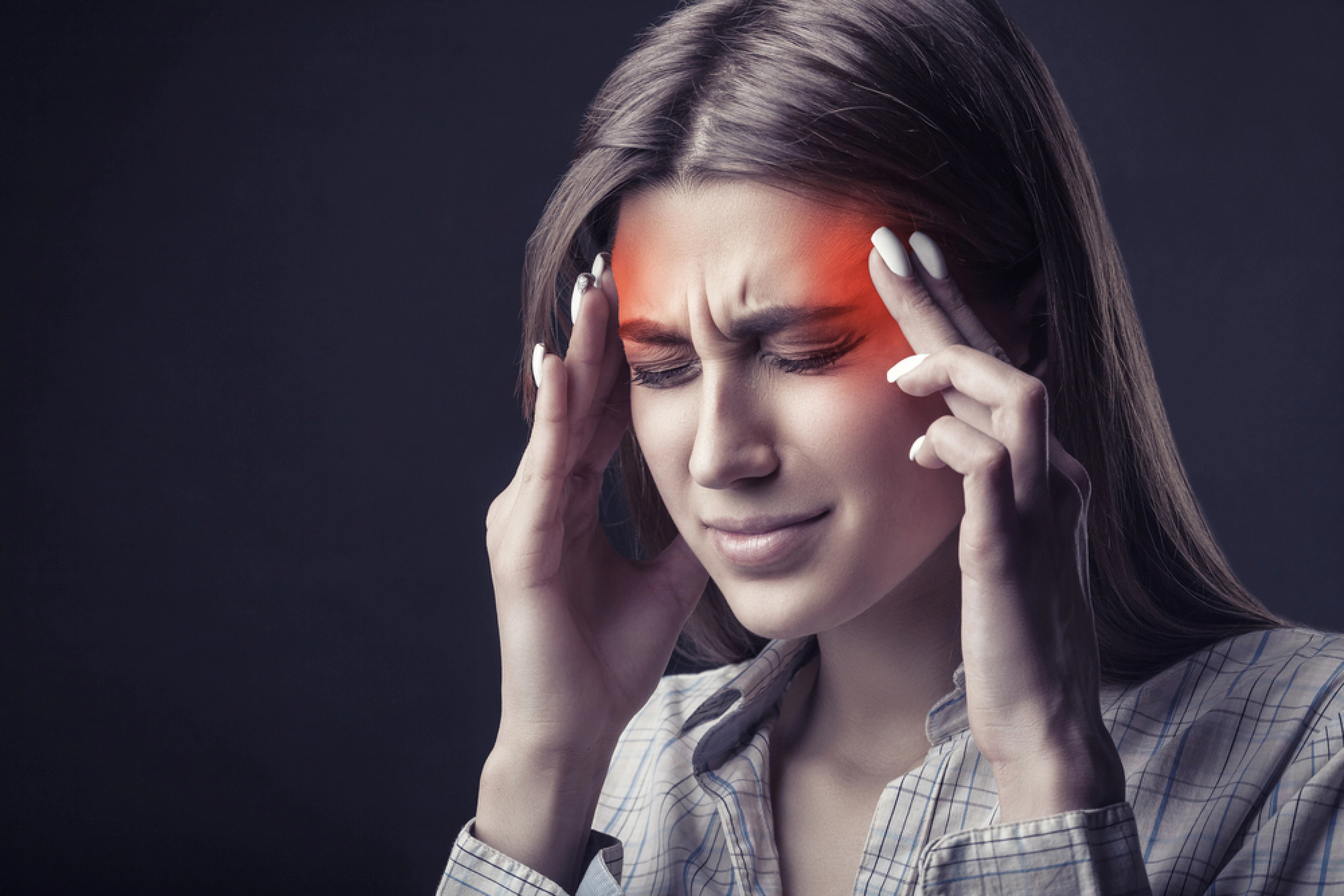Migraine: Causes, Triggers, and Relief
Migraine is a chronic headache disorder characterised by throbbing pain on one side of the head, which can range from moderate to severe. In this guide, we will explore the key information about migraines, including their causes, triggers, and relief options.

What is a Migraine?
A migraine is a type of prolonged headache that lasts anywhere from 4 to 72 hours and may present additional symptoms depending on the severity. While the exact cause of migraines is unknown, they are more common in women and typically start in early adulthood. Migraine sufferers may experience warning signs (known as migraine with aura), although the most common form is migraine without aura.
Chronic Migraine: This is defined as experiencing migraines on at least 15 days a month. It can be highly debilitating and significantly impact the sufferer’s quality of life.
Causes of Migraine
Although the precise cause of migraines remains unclear, it is thought to result from abnormal brain activity affecting nerve signals, chemicals, and blood vessels. This brain activity is temporary, which is why symptoms come and go. Genetics may also play a role in making some people more susceptible to migraines.
Triggers vary from person to person, but may include:
-
Hormonal Changes: Women may experience migraines around their menstrual periods due to hormone fluctuations.
-
Emotional Triggers: Stress, anxiety, tension, and excitement can trigger migraines.
-
Physical Factors: Lack of sleep, irregular working hours, poor posture, and even changes in physical activity levels can contribute.
-
Diet: Missing meals, dehydration, alcohol, caffeine, and certain foods (like those containing tyramine) can trigger attacks.
-
Environmental Factors: Bright lights, flickering screens, loud noises, and strong smells can provoke symptoms.
-
Medications: Certain contraceptives, sleeping tablets, and hormone replacement therapy (HRT) can be linked to migraines.
Keeping a migraine diary can help sufferers identify triggers and manage their symptoms more effectively.
Symptoms of Migraine
The main symptom is intense, throbbing pain typically felt on one side of the head, though in children, the pain may affect both sides. Movement often worsens the pain, which can extend to the face or neck.
Other common symptoms include:
-
Nausea and vomiting
-
Sensitivity to light and sound
-
Difficulty concentrating
Less common symptoms include:
-
Sweating
-
Temperature fluctuations
-
Abdominal pain
-
Diarrhoea
Types of Migraine
There are several types of migraines:
-
Migraine with Aura: This type includes warning signs such as visual disturbances (flashing lights, zigzag patterns), numbness, dizziness, or speech impairment.
-
Migraine without Aura: The most common type, where no warning signs are present.
-
Migraine Aura without Headache: Aura symptoms occur without the headache itself.
-
Abdominal Migraine: More common in children, this form involves episodes of stomach pain, nausea, and vomiting rather than headaches.
Diagnosing Migraine
There is no specific test for diagnosing migraines. A GP will usually conduct a thorough assessment to identify patterns of recurring headaches. Keeping a migraine diary is useful, as it can help to pinpoint triggers and provide a detailed history of the attacks.
In some cases, blood tests or imaging scans may be required to rule out other potential causes of headaches.
Migraine Treatment
Although there is no cure for migraines, both preventative and reactive treatments can help manage the condition. Some helpful steps include:
-
Resting in a quiet, dark room away from stimuli
-
Eating something light
-
Some patients feel better after vomiting
Over-the-counter painkillers like paracetamol, aspirin, or ibuprofen may help to reduce the pain. Dissolvable painkillers, which are absorbed more quickly, can be a good alternative to pills. For extreme cases where nausea or vomiting prevents the ingestion of tablets, suppository painkillers may be more effective.
Conclusion
While migraines can significantly affect a person’s quality of life, identifying triggers and seeking appropriate treatments can help to manage symptoms. Though there is no cure, various options are available to alleviate the pain and discomfort associated with migraines.
[DISPLAY_ULTIMATE_SOCIAL_ICONS]
